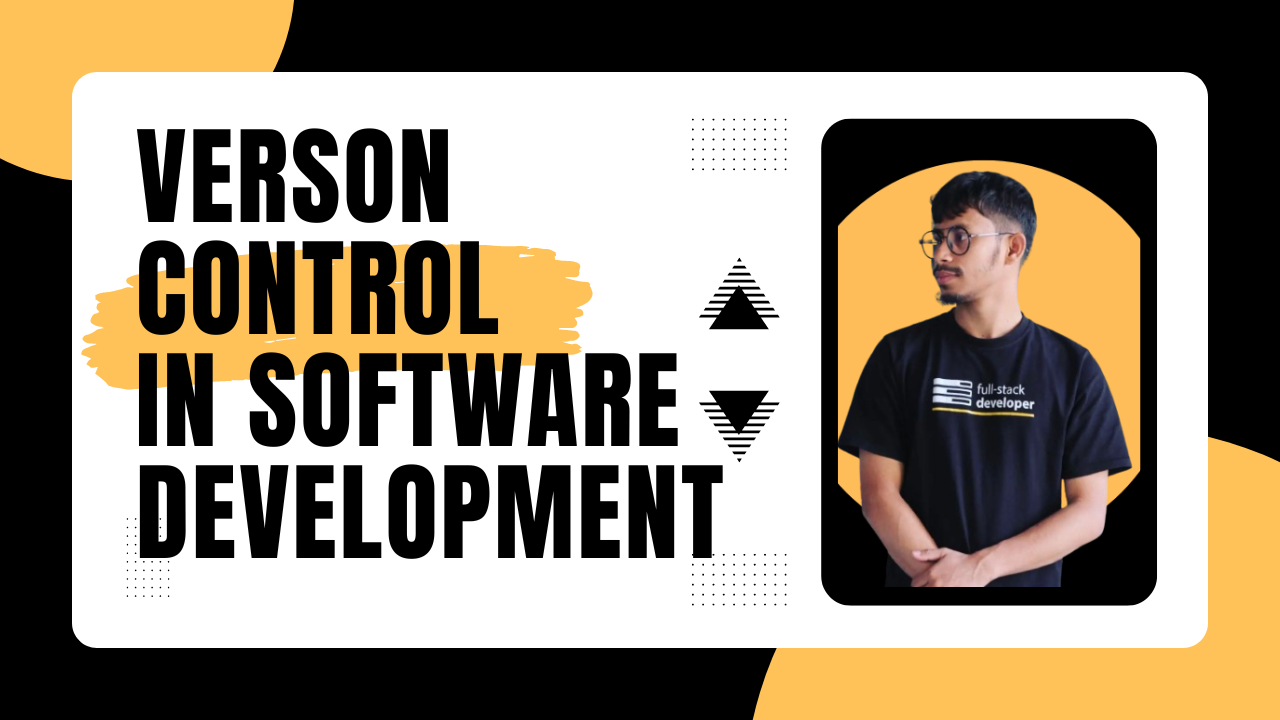Understanding Version Control: A Key to Software Development 🛠️
 Azizur Rahaman
Azizur Rahaman
Version control is essential in software development. Mastering it can greatly enhance your workflow and collaboration with others. Let’s dive into the intricacies of version control, focusing on different versioning structures and their importance.
What is Version Control?
Version control is a system that records changes to a file or set of files over time so you can recall specific versions later. It's crucial for tracking progress, managing changes, and collaborating with team members.
Semantic Versioning 📊
Semantic Versioning is a widely adopted versioning scheme that conveys meaning about the underlying changes. Typically, you’ll see versions formatted as vx.x.x, where:
v indicates version
Major (first x): Increases when you make incompatible API changes
Minor (second x): Increases when you add functionality in a backward-compatible manner
Patch (third x): Increases when you make backward-compatible bug fixes
For example: v1.0.1
1: Major version
0: Minor version
1: Patch version
This structure is known as Semantic Versioning Structure.
Other Versioning Structures
Sequential Versioning 🔢
Sequential Versioning is a simple, incremental versioning scheme. Versions are numbered sequentially, like 1, 2, 3, etc. This method is easy to understand but doesn’t convey much information about the nature of changes.
Date-Based Versioning 📅
Date-Based Versioning uses dates to indicate versions, such as 2024.07.12. This method is useful for products that release updates frequently or on a regular schedule. It helps users quickly identify the recency of a release.
Major.Minor.Patch.Build 🧱
This structure is an extension of Semantic Versioning, adding a build number for more granularity. The format is vMajor.Minor.Patch.Build, for example, v1.0.1.1234. The build number can indicate specific builds or internal versions.
CalVer (Calendar Versioning) 📆
CalVer combines calendar dates with version numbers, such as 2024.1. This method is similar to Date-Based Versioning but often includes more detail, like the year and a sequential number for releases within that year.
Custom Versioning 🛠️
Organizers can create custom versioning schemes tailored to their specific needs. This flexibility allows for versions that fit unique project requirements or workflows.
Subscribe to my newsletter
Read articles from Azizur Rahaman directly inside your inbox. Subscribe to the newsletter, and don't miss out.
Written by

Azizur Rahaman
Azizur Rahaman
I'm a Top Rated Mobile Application developer with 100% Job Success rate. I have 5+ years of professional experience and 10+ years of coding experience, focus on developing, brings creative idea to the real world.